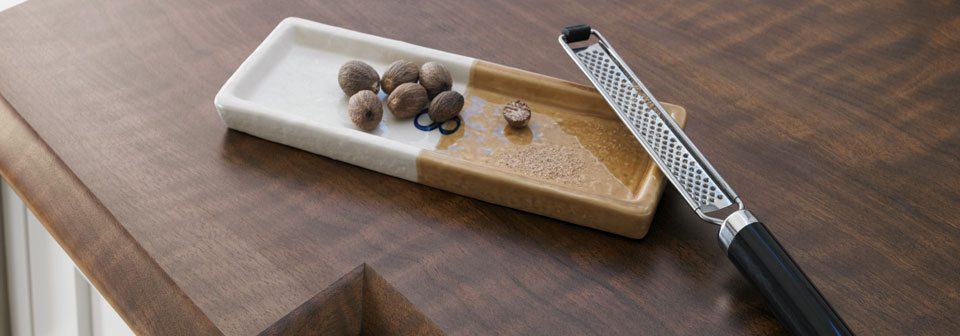Now that your home’s landscaping is likely receiving adequate doses of sunlight and water, you may soon find yourself with some overgrown plants on your hands. And if you prefer that your yard not resemble a jungle, we’ve compiled a few pruning tips to help you properly trim and shape your plants.

According to a pruning guide published by Texas A&M’s AgriLife Extension program, it’s actually better to not prune your trees and shrubs than to prune them improperly. If you don’t use proper technique, you’re likely to weaken or deform the plant.
Before you start? Keep the goal of pruning in mind: “Remember that pruning is the removal or reduction of certain plant parts that are not required, that are no longer effective, or that are of no use to the plant,” as written by Douglas Welsh and Everette Janne. “It is done to supply additional energy for the development of flowers, fruits and limbs that remain on the plant.”
Pruning Tips:
+ Before you begin, make a plan. This will help you reduce the number of needed cuts.
+ Remove all dead, broken, diseased or problem limbs. You may find that this significantly reduces the plant’s volume and no other pruning is required.
+ As you prune, keep to the plant’s natural shape and/or growth habit. If you’re not sure about this information, consult a local landscaping expert or give yourself time to study the plant.
+ Ideally, you should prune your plants during the late winter or early spring. You may want to hold off on pruning during the summer so as not to stunt new growth, but Welsh and Janne write that pruning can be done any time of year if you’d prefer not to wait for a seasonal change.
Do you keep your yard’s landscaping pruned, or do you prefer a more natural, untamed growth? And if you have a green thumb, we’d love to hear any additional pruning tips!
Photo: Flickr.com/bob_jenkins



No Comments